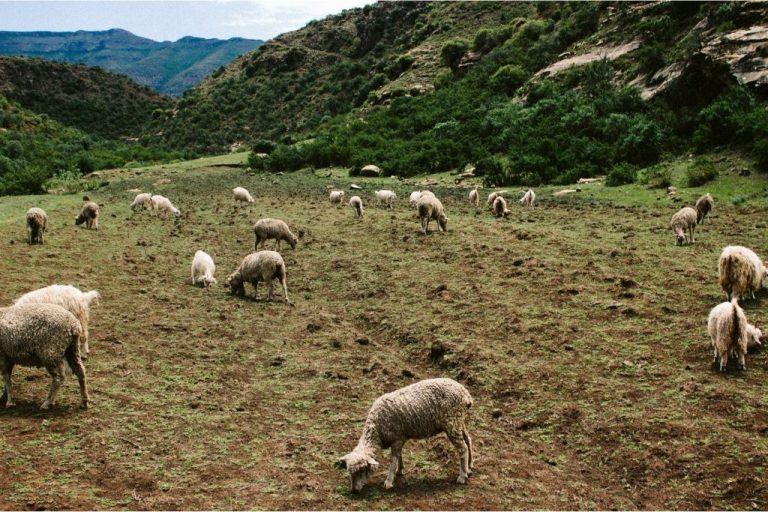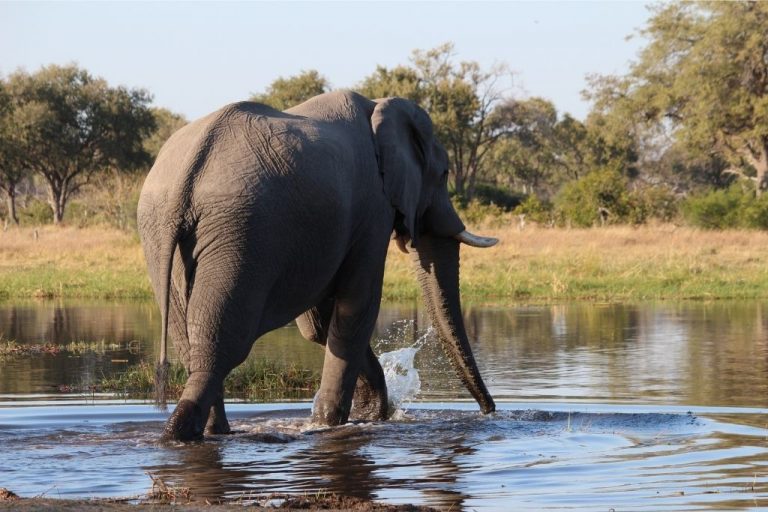Tunisia, a wonderful nation situated in North Africa, is bordered by Algeria, Libya, and the Mediterranean sea.
With its colorful history, vibrant culture, and modern-day beaches, Tunisia has quickly become a must-visit destination for travelers. In addition, it’s a popular beach destination for many British tourists who dream of experiencing the Mediterranean climate and some relaxing time under the sun.
The country attracted lots of conquerors throughout the ages due to its strategic location and sea coastlines.
Several empires have established control over Tunisia. The influences of these empires can be seen in the country’s historical attractions.
One of the most renowned attractions is the ancient city of Carthage in Tinus and the Amphitheater of El Jem near Sousse.
Though Tunisia is a conservative country, it is a relatively safe country. However, some of the country’s areas are unsafe to travel to, so contact the tourism department or check the government’s travel advisory service before traveling to the country.
Besides, Tunisia’s people are easygoing and friendly too. Their hospitality is unquestionable, and their cuisine is exquisite.
Geography
Algeria borders Tunisia to the west and southwest, whereas Libya bounds the country to the southeast and the Mediterranean Sea to the east and north.
The country has moderate relief. It has Tunisian Dorsale on the southwest-northwest and hilly regions called Haute Steppe (High Steppes) in the west and the Basse Steppes (Low Steppes) in the east.
Mount Chambi, which is located near the Algerian border, is the highest mountain in the country.
You will find salty lake depressions as you go further south. However, the extreme south of Tunisia houses a sandy desert.
Tunisia has fertile soil in the northern valleys. The Haute Steppe has medium fertile soils. You can find olive plantations between the Gulf of Hammamet and the Gulf of Gabes.
Climate
The country is located in a warm temperate zone. There is a Mediterranean type of climate in the north region. It has mild, rainy winters and hot, dry summers.
The Saharan winds bring seasonal hot seasons from the south, which dries the vegetation.
The temperatures are moderate near the sea.
In terms of precipitation, Tunisia gets about 1,520 mm of rainfall in the Kroumirie Mountains, making it the wettest region in North Africa.
Nature and Wildlife
The variable climatic conditions affect the vegetation and animal life of Tunisia.
You will find cork oak forests making their way to scrubs and steppes with esparto grass in the Kroumirie Mountains.
These places have a small population of games. The country has forbidden hunting to preserve the gazelles.
The country also houses deserts where you’ll find scorpions and dangerous snakes.
Visit the Ichkeul National Park, a UNESCO World Heritage Site, to check out birds such as coot, greylag goose, and wigeon.
People
The country has a vast composition of Arab Berber groups.
There is also high immigration of Phoenicians, sub-Saharan Africans, Romans, Vandals, Jews, and Arabs.
In the past, Muslim refugees from Sicily, Spanish Moors (Muslims), and Ottomans have settled in this land and have brought their blend of traditions.
Language
People speak Arabic in Tunisia. A small fraction of the population speaks the Berber language. French, English, and Italian are also spoken to some extent.






